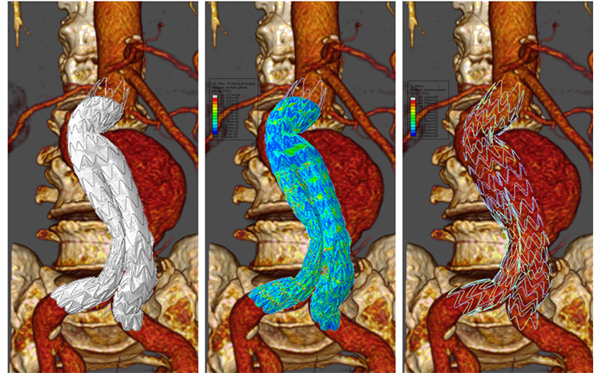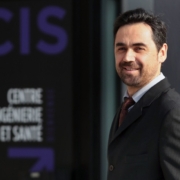The importance of moving up the trl scale
PrediSurge now has a new CEO, Bruno Virieux, boasts 25 employees, has filed 12 patents and has generated more than 1,500 digital twin aortas. To reach that level, it was necessary to climb the technology readiness scale (TRL).
The TRL (Technology Readiness Level) scale is a method to estimate the maturity of technology, ranging from the initial idea to fully operational technology. There are 9 levels, with each one representing a stage in technological development, from laboratory-based research to tests in real conditions.
With this scale, researchers, developers and investors can assess the progress made and associated risks for technology before it is marketed or put into operation. “It is essential to move up the TRL scale if projects are to be rolled-out”, says Stéphane Avril, who highlights the importance of knowing how to position innovation on the right scale, and then move up the scale until the technology can be marketed.
The entrepreneur strikes again with KaomX
Stéphane Avril may not have an operational role in PrediSurge, but he is involved in research and development projects and he considers them to be “success stories, not only for entrepreneurship, but also for Mines Saint-Etienne”. He admits having caught entrepreneurship fever. And KaomX is yet another example of this, created in January 2024. For this project, Stéphane Avril was awarded an ERC Proof of Concept grant, which helped fund the transfer of technology from the imaging technique used for a previous project, Optical Coherence Tomography (OCT), to the creation of the start-up. Using this technique, he was able to map the elasticity around cells in living tissue, and the start-up aims to exploit this technology to characterize hydrogels, polymer gels used in contact lenses, surgical implants and bioprinting, for example.
The Technology Readiness Level scale applies here too. The ultimate goal is to produce a device that resembles a laboratory microscope, in which a sample of hydrogel can be inserted to characterize its components and viscoelastic properties. To take this technology up the scale, Stéphane Avril is preparing an application for EIC Transition grant funding, with support from IMT. “The demonstrator model is currently being improved, we still need to quantify and define the market… We’re in the early stages”, says the researcher-entrepreneur, while admitting that his new technology has already sparked a lot of interest. Could this be the next success story?
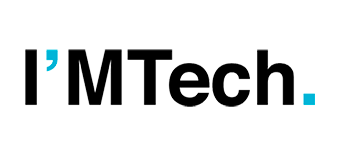

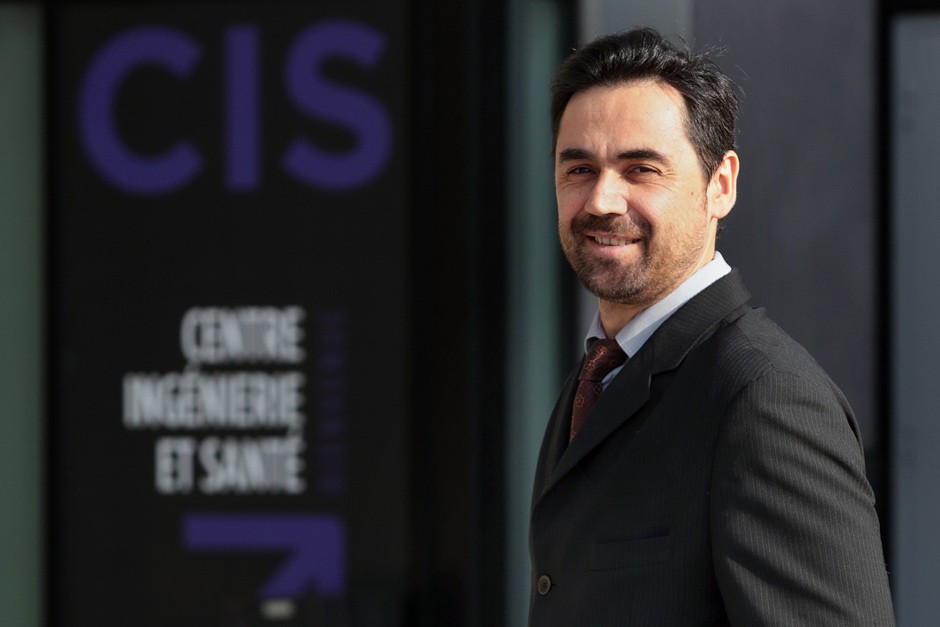

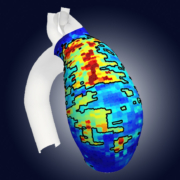
 It is key to move up the TRL scale if projects are to be rolled-out.
It is key to move up the TRL scale if projects are to be rolled-out.